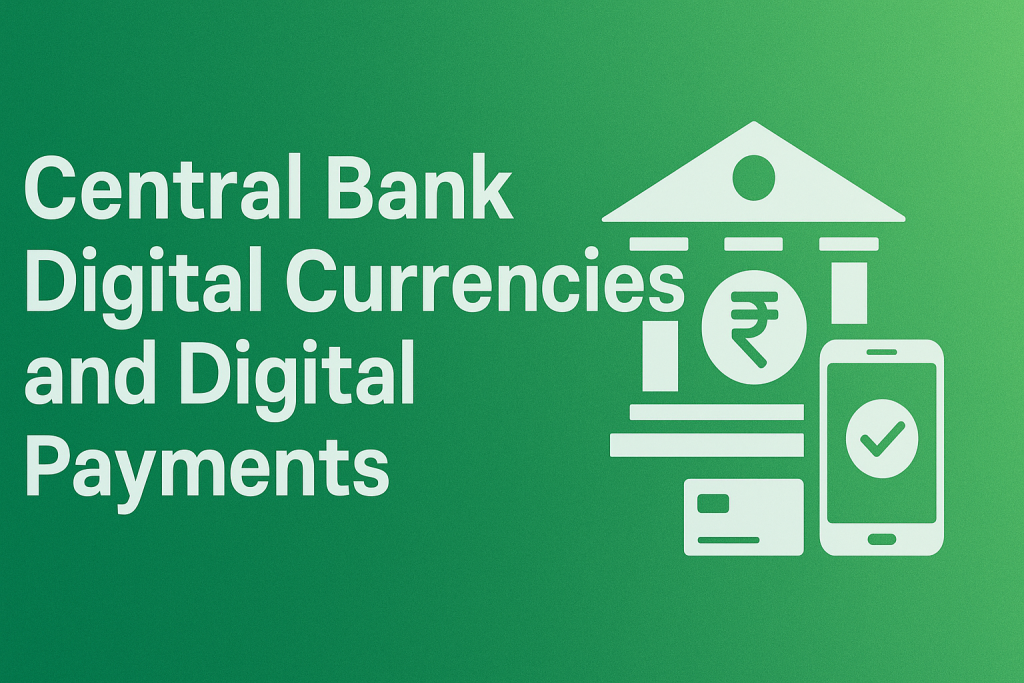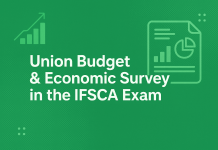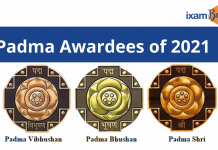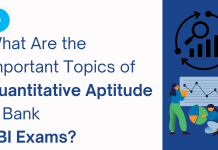Money is changing. Notes and coins are no longer the only way to pay. In India, the shift is led by the digital rupee and the country’s fast-growing UPI system. But behind the scenes, there is another important player—the International Financial Services Centres Authority (IFSCA).

IFSCA works from GIFT City in Gujarat. Its job is to make sure that new ideas in finance grow in a safe and useful way. When we talk about the future of CBDC and UPI, we also have to talk about how IFSCA guides this change.
Understanding the CBDC
A Central Bank Digital Currency (CBDC) is just the rupee in digital form. It is created by the Reserve Bank of India, not by private companies. You can hold it in a wallet on your phone, send it instantly, and trust its value because it is backed by the central bank.
The CBDC in India is called the e-rupee. It is not a cryptocurrency. It is legal tender, just like the cash in your pocket, only without the paper.
How CBDC Has Grown
The RBI started testing the e-rupee in 2022. First, it was used by banks in a wholesale pilot. Then, in December that year, ordinary people and shops began using it in a retail pilot.
In late 2023, something remarkable happened—more than a million transactions were done in a single day. By mid-2024, the number settled at around 100,000 a day. Still small compared to UPI, but a sign that it works.
A big step was the offline payment option. This means even a shop in a remote village can take CBDC without internet. In January 2025, fintech firm Cred started offering it. Two months later, Mintoak bought Digiledge to expand CBDC services—the first deal of its kind in India.
UPI: The People’s Payment System
If CBDC is the future, UPI is the present. Since 2016, UPI has changed how India pays. You can send money to a friend, pay a shopkeeper, or settle a bill—any time of day.
In July 2025, UPI handled over 19 billion transactions. That is more than most countries’ entire banking systems manage in a month.
UPI is not standing still. The new voice payment feature lets you speak a number or name to send money. Some banks, like Bank of Baroda, have made UPI payments work overseas.
IFSCA: The Regulator Shaping Digital Finance
The IFSCA is not as well known as the RBI, but it plays a vital role. Based in GIFT City, it regulates international financial services in India. That includes banks, insurance, fintech, and more.
When it comes to digital payments and CBDC, IFSCA’s job is to:
- Set safe rules for innovation.
- Make sure new systems work within the law.
- Open doors for cross-border use of digital money.
IFSCA’s Current Focus
IFSCA has a few big goals right now.
First, tokenisation of real-world assets. This means turning things like property or gold into secure digital tokens. These can be traded faster and with less paperwork.
Second, linking India’s systems with the world. UPI is already used in some countries, and CBDC could follow. IFSCA is exploring ways to make these links safe and reliable.
Third, controlled testing. Through its sandbox program, IFSCA lets fintech firms try out new ideas under close watch. This prevents risks before the products reach the public.
Finally, clear boundaries. IFSCA does not allow cryptocurrency or NFT trading. Its focus stays on digital assets backed by something real and stable.
How IFSCA Ties CBDC and UPI Together
CBDC brings security and direct control from the central bank. UPI brings speed and everyday convenience. IFSCA is looking at ways to connect the two for trade, global payments, and advanced financial products in GIFT City.
With the right rules, this link could make India a leader in digital transactions—both at home and abroad.
The Road Ahead
In the coming years, IFSCA could make GIFT City a testing ground for CBDC in cross-border deals. UPI could grow into more countries under partnerships supported by IFSCA. Tokenised assets might be traded using CBDC payments.
This would mean faster settlements, lower costs, and more trust in digital transactions. But it will also need strong checks against fraud and misuse—something IFSCA is well placed to provide.
Conclusion
CBDC and UPI are changing the way India moves money. IFSCA is making sure this change is not just fast, but also safe and smart.
Its focus on innovation, security, and global connection gives India a chance to lead in the digital payment world. As CBDC grows and UPI spreads, IFSCA’s steady hand will keep the system balanced between freedom and control.
The shift to digital money is not just coming—it is already here. With IFSCA guiding the path, India’s next chapter in finance looks ready for the world stage.
ixamBee specializes in providing expert guidance and resources for banking exams 2025, ensuring that you are well-prepared for the Upcoming Bank Exams like RBI Grade B, NABARD Grade B, IBPS SO, and more. Our courses align with the bank exam calendar 2025, covering all the essential topics. With a focus on the upcoming bank jobs, our Previous Year Papers, BeePedia, SSC CGL, SSC CHSL, SSC MTS and other Mock Tests are designed to help you excel in upcoming banking exams.














